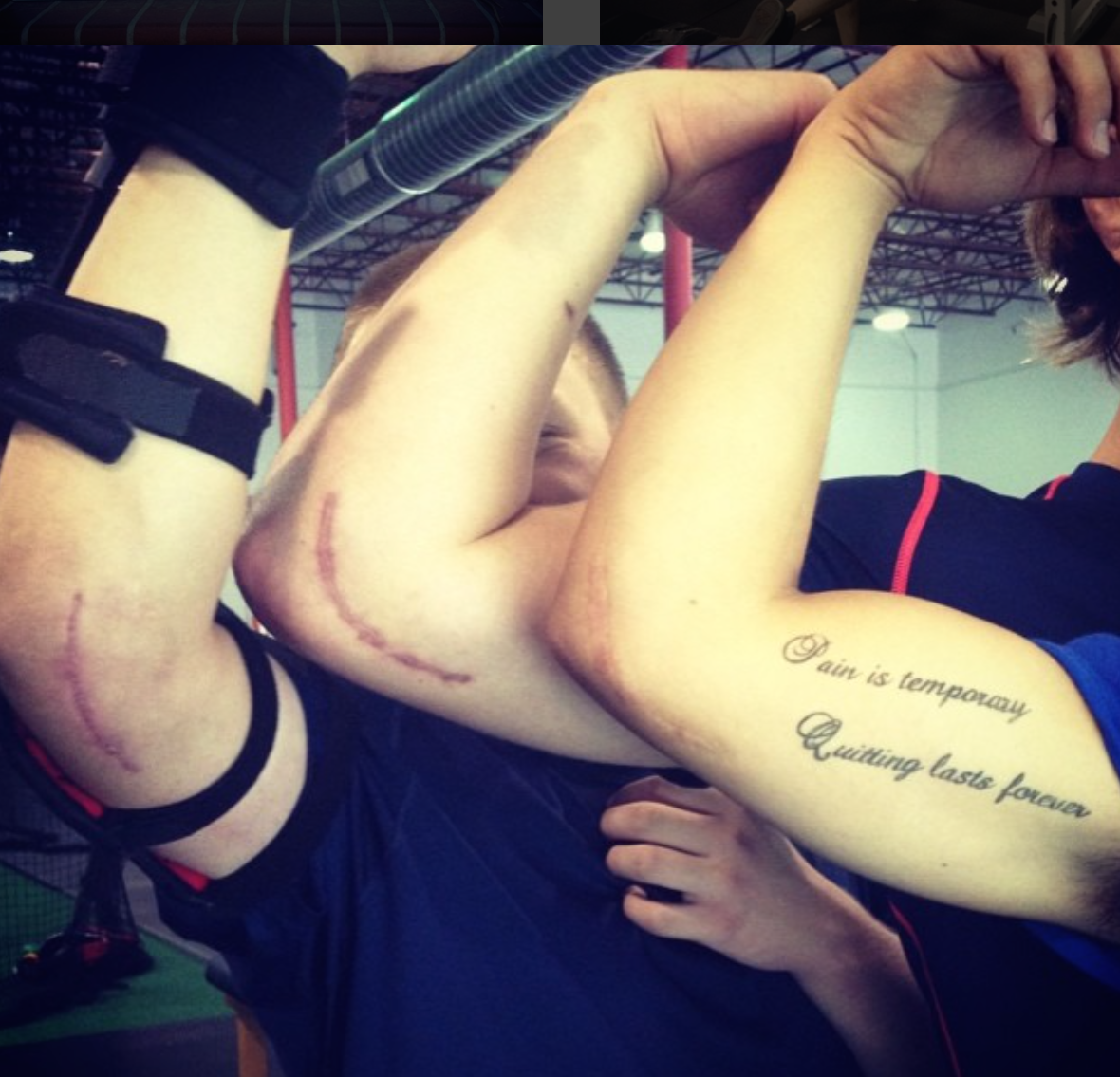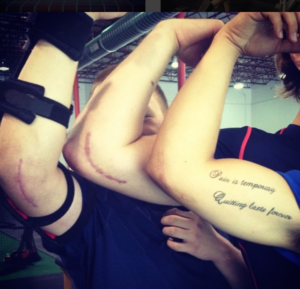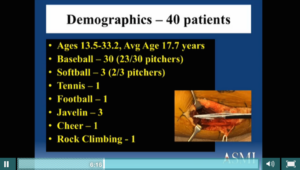
Random Thoughts on Sports Performance Training – Installment 29
I didn’t get in a May installment of this series, but the good news is that it gave me two months to gather my thoughts for a big June! Here goes…
1. Athleticism is doesn’t have to be max effort if you have a strength and power “reserve.”
Cressey Sports Performance athlete Logan Morrison is currently second in Major League Baseball in homeruns. I came across this video of #22 on Twitter and it immediately got me thinking:
Hitting bombs in the big leagues – particularly on 95mph sinkers – is really challenging, but that looked absurdly easy. He put some force into the ground, got himself in a good position to succeed, and athleticism “happened.”
The only reason this is possible is that he’s developed a strength and power “reserve.” LoMo is strong – and more importantly, he’s a powerful dude. When he throws a medicine ball, in many cases, the entire gym stops and watches because it sounds like he’s going to knock the wall down. When you’ve got a foundation of strength and know how to use it quickly, this kind of easy athleticism happens. It does not, however, happen if you’re a) weak or b) strong and not powerful. I’d call LoMo a nice blend on the absolute strength-to-speed continuum.
2. If you’re struggling to feel external rotation exercises in the right place, try this quick and easy fix.
One of the reason some throwers struggle to “keep the biceps” quiet during external rotation drills is that they start too close to the end-range for external rotation. A quick strategy to improve this is to simply build a little success in a more internally rotated position. This video goes into more depth:
3. Be cautiously optimistic with new surgical advances.
On a pretty regular basis, we hear about remarkable sports medicine breakthroughs that will revolutionize the way we prevent and treat both acute and chronic diseases and injuries/conditions. Unfortunately, they usually don’t live up to the hype. Most of the time, we’re talking about a “miracle” supplement or drug, but sometimes, we have to ponder the benefits of a new surgical procedure.
In the mid 1990s, the thermal capsulorrhaphy procedure was introduced to attempt to treat shoulder instability. It gained some momentum in the few years that followed, but the outcomes didn’t match the hype in spite of the fact that the initial theory seemed decent (heat can shorten capsular tissues, which would theoretically increase shoulder stability). Failure rates were just too high.
Conversely, in 1974, Dr. Frank Jobe revolutionized the way elbow pain was treated in baseball pitchers – and saved a lot of careers – when he performed the first successful ulnar collateral ligament reconstruction (better known as Tommy John Surgery). More than 1/4 of MLB pitchers have had Tommy John, so you could say that this procedure revolutionized sports medicine even though it’s taken decades to fine-tune it.
More recently, a new surgery – the UCL repair with internal brace – has been gaining some steam as an alternative to Tommy John surgery. The initial results have been very promising, particularly in situations where the patient is a good match (depending on age, activity level, and location and extent of the UCL tear). I’ve actually seen two of these surgeries in the past week myself. One pitcher (Seth Maness) was able to successfully return to the Major Leagues after having it – but we still have a long way to go to determine if it might someday dramatically reduce the number of Tommy John surgeries that take place. Why?
Right now, we only have statistics on a limited number of these cases, and they’re usually in the high school and college realms. All that is reported on is return to previous level of competition (e.g., varsity baseball). We don’t know whether a kid that has it at age 16 is still thriving with a healthy elbow at age 22 during his senior year of college.
Additionally, Seth Maness has really been an 88-90mph pitcher throughout his MLB career. We don’t know if this same level of success will be seen with 95-100mph flamethrowers.
Dr. Jeffrey Dugas has become known as “the guy” when it comes to these procedures, and I loved the fact that he reiterated “cautious optimism” in his webinar at the American Sports Medicine Institute Injuries in Baseball course earlier this year. If this gets rolled out too quickly and in the wrong populations, the failure rate could be significantly higher and give an otherwise effective surgery a bad name. I think it’s important for all of us to stay on top of sports medicine research to make sure we don’t miss out on these advancements, but also so that we know to be informed consumers so that we don’t jump behind new innovations without having all the information we need.
Speaking of the ASMI Injuries in Baseball Course, it’s on sale for $100 off through this Sunday, June 24, at midnight. I’ve enjoyed going through this collection of webinars, and I’m sure you will, too. You can check it out HERE.




